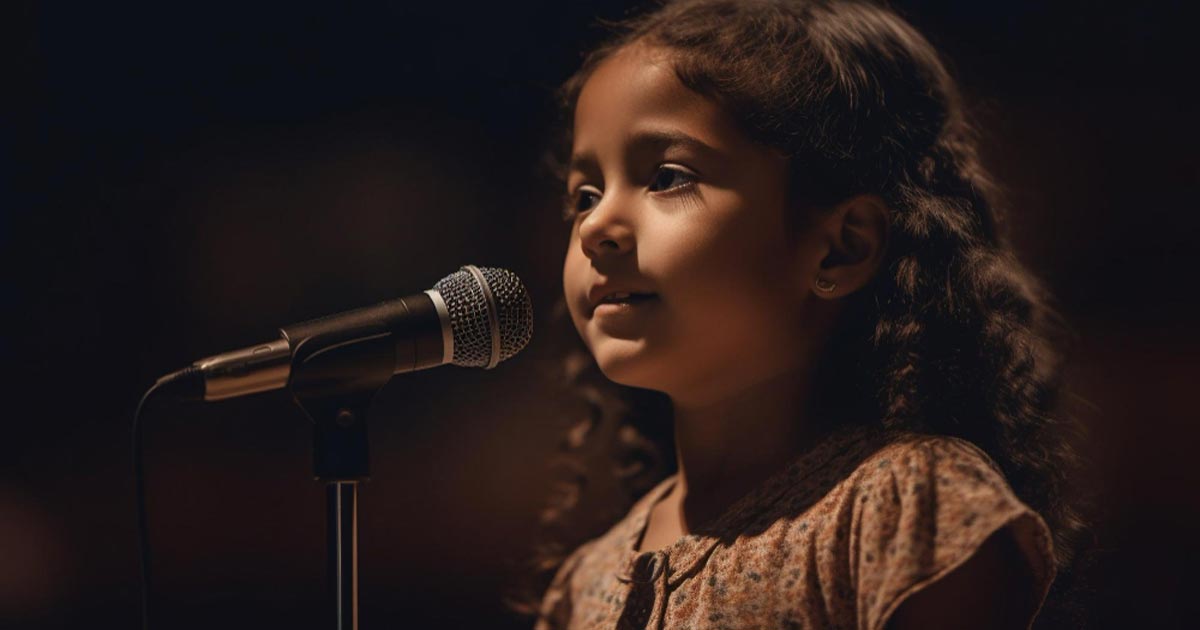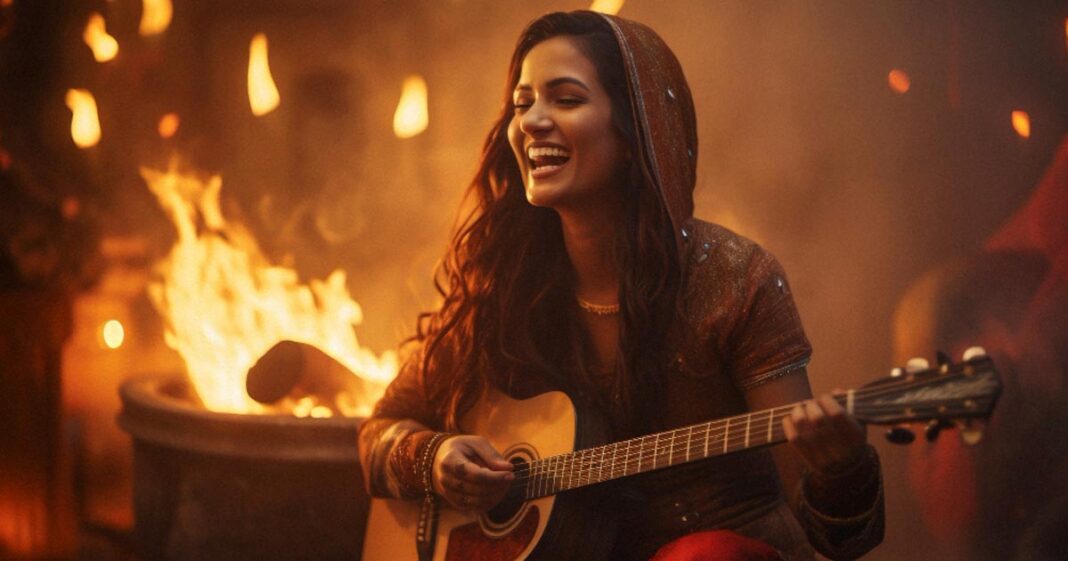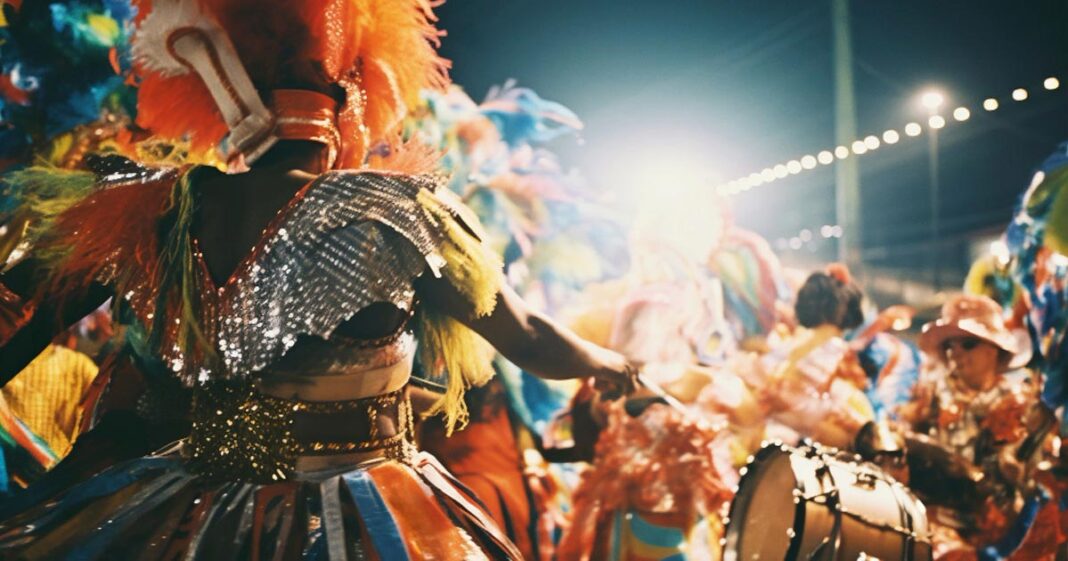
Introduction
Music in India is not just an art form — it’s a cultural identity, a spiritual expression, and often, a rebellion against the status quo. For centuries, women in Indian music have not only enriched the country’s sonic heritage but also fought societal norms, gender bias, and institutional barriers. From classical divas to modern pop icons, their stories are of talent, resilience, and defiance.
Let us journey through the inspiring legacies of women who revolutionized Indian music — not just with their voices but with their indomitable spirit.
The Trailblazers of Indian Classical Music
M.S. Subbulakshmi – The Nightingale of Carnatic Music
Born in 1916 in Madurai, M.S. Subbulakshmi was a pioneer who broke into a male-dominated sphere. She became the first musician ever to receive the Bharat Ratna, India’s highest civilian award, in 1998. Known for her ethereal renditions of Carnatic compositions and bhajans, she was also the first Indian musician to perform at the United Nations in 1966.
As reported by The Hindu, Subbulakshmi not only brought global recognition to Carnatic music but also used her voice to support freedom movements and charitable causes.
Gangubai Hangal – The Rebel of Hindustani Music
Belonging to a conservative Brahmin family from Karnataka, Gangubai Hangal fought caste and gender prejudices to become one of India’s most respected Hindustani classical vocalists. Associated with the Kirana Gharana, her powerful contralto voice became symbolic of feminine strength in Indian music.
In an interview published in The Times of India, Hangal recalled being mocked for her dark skin and gender — yet she went on to receive the Padma Bhushan and Padma Vibhushan.
Lata Mangeshkar – The Voice of a Billion Hearts
No conversation about women in Indian music is complete without Lata Mangeshkar. With a singing career spanning over seven decades, she recorded songs in over 36 Indian and foreign languages. Her voice shaped the golden era of Bollywood.
According to The Indian Express, Lata faced initial rejection because producers believed her voice was “too thin” compared to the heavy-voiced singers of that era. But she persisted, redefining playback singing in India. She was honored with the Bharat Ratna in 2001.
The Unheard Melodies: Women Instrumentalists of India
While singers often found fame, women instrumentalists fought double the odds — battling the stereotype that musical instruments were the domain of men.
Anuradha Pal – Breaking Rhythms with the Tabla
Anuradha Pal is recognized as India’s first professional female tabla player. She started learning the tabla at the age of 10 and went on to perform at prestigious international festivals, often being the only female percussionist.
In an interview with The Hindu, Pal shared her experience of facing sexism from organizers and male peers who doubted her stamina and skill. She later founded ‘Stree Shakti,’ India’s first all-women classical ensemble.
Jayanthi Kumaresh – Queen of the Veena
Jayanthi Kumaresh is a celebrated veena exponent from a family of seven generations of musicians. According to The Hindu BusinessLine, she faced the challenge of sustaining the popularity of veena in the era of electronic music. Today, she is globally recognized for her innovation and mastery of the instrument.
Contemporary Voices Changing the Narrative
Usha Uthup – The Queen of Indian Pop
Known for her distinctive husky voice and saree-clad stage presence, Usha Uthup shattered the stereotype of what a female pop singer should look or sound like. Singing in nightclubs in the 1970s, a time when it was taboo for “respectable women,” Uthup carved a niche for herself in Indian music.
She told The Indian Express, “I was told I didn’t have a ‘filmi’ voice. I turned that into my strength.”
Sunidhi Chauhan – Redefining Versatility
Sunidhi Chauhan entered the music industry as a child prodigy on the TV show Meri Awaz Suno at the age of 13. Today, she is celebrated for her dynamic vocal range and unconventional singing style. In an interview with Hindustan Times, Sunidhi spoke about overcoming stereotypes that pigeonholed women singers into soft, melodious songs.
Timeline of Achievements
| Year | Woman Musician | Achievement |
| 1940s | M.S. Subbulakshmi | First woman to perform at Madras Music Academy |
| 1966 | M.S. Subbulakshmi | First Indian musician to perform at the UN |
| 1998 | M.S. Subbulakshmi | Bharat Ratna Awardee |
| 2001 | Lata Mangeshkar | Bharat Ratna Awardee |
| 2003 | Anuradha Pal | Performed at WOMAD, UK |
| 2010s | Jayanthi Kumaresh | Global tours promoting veena music |
Conclusion: The Song Continues
Women in Indian music have fought battles beyond the stage. They’ve challenged caste discrimination, gender roles, and societal taboos, often singing their way through personal pain and public scrutiny.
As new names like Shilpa Rao, Neha Bhasin, and Sanjeeta Bhattacharya emerge, the legacy of these iconic women continues. Their stories remind us that music is not just about melody — it’s about courage, identity, and the relentless pursuit of dreams.
In a country as diverse as India, these women didn’t just break barriers — they redefined the very soundscape of a nation.





